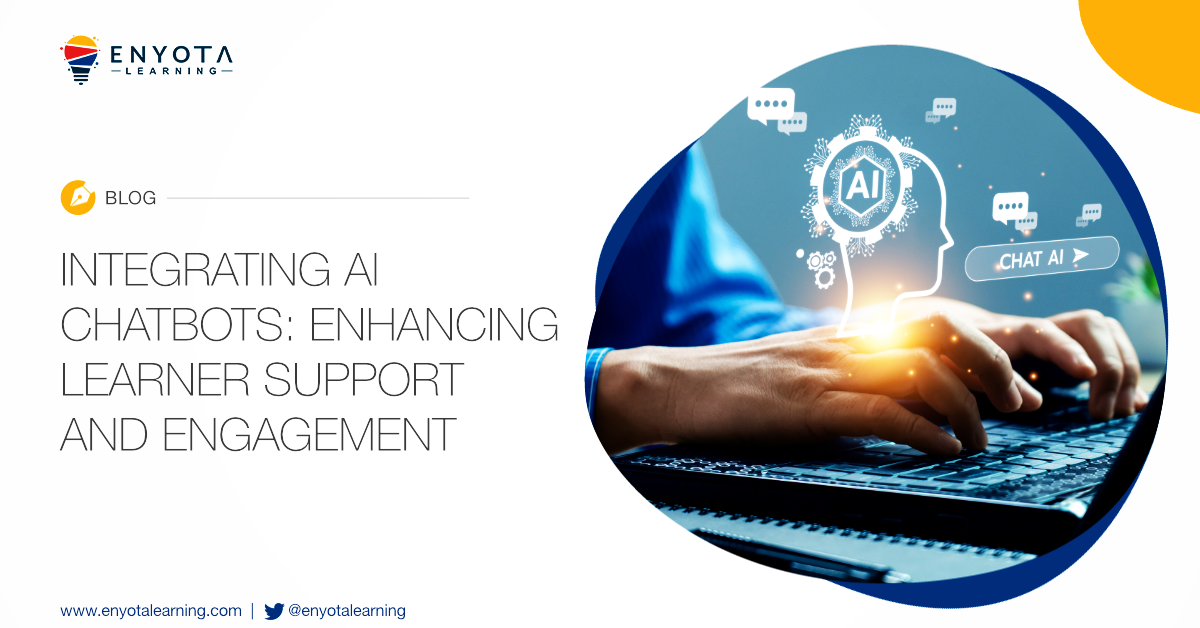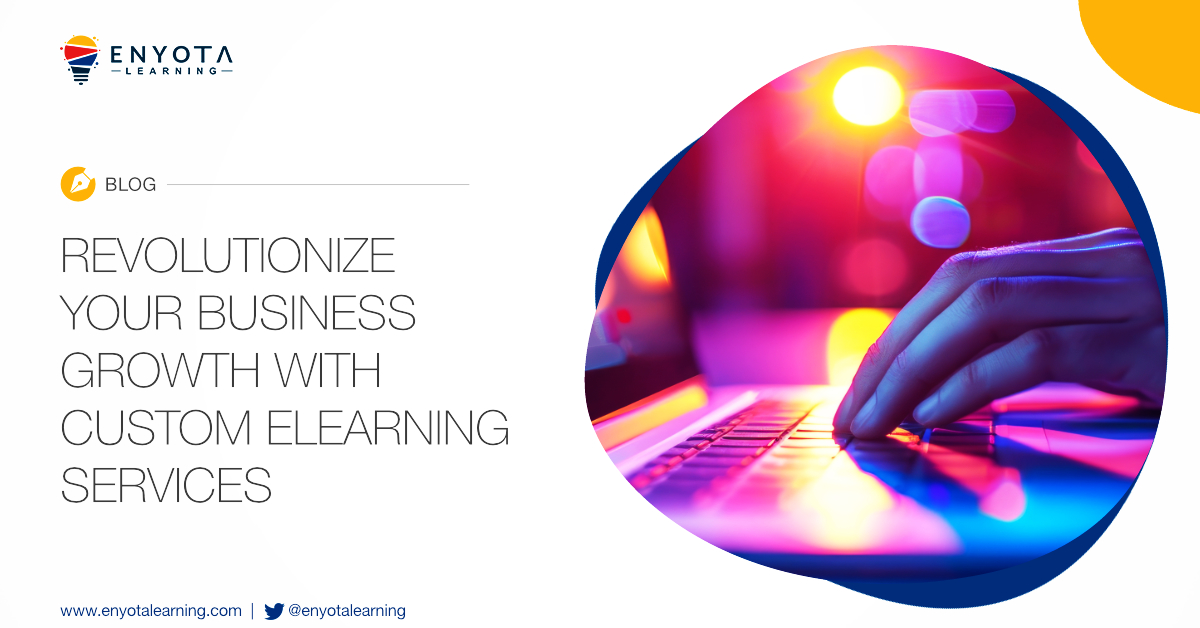In the last blog we looked at the potential challenges of AI in training and examples of how a hybrid development approach can help tackle those challenges. In this blog, let us try to understand the pivotal role eLearning development experts play in bridging the gap between the potential of AI and the realities of effective training.
eLearning companies spend a lot of time and money in ensuring that their teams are well nurtured and equipped with knowledge and expertise not only in handling technical software, but also in human cognition and its theories and application of instructional design principles. By not overly relying on AI, and combining human expertise with cutting-edge technology, the experts at eLearning companies can come up with a human-centered design that is optimized for learner experience. By understanding learner psychology and behavior, ensuring that the training programs are authentic and aligned with learning objectives, learner needs, and organizational goals, they can create truly exceptional learning experiences.
Where does AI fit into their pipeline?
Here’s a bird’s eye view of the process followed in the example of AI-based video development we used in the last blog.

Where does the human factor come in?
eLearning development companies using the collaborative approach can:
-
Manage multiple projects and project teams
AI productivity and project management tools today can assist project managers and account teams with resource management, time and cost tracking, project status tracking, etc.
-
Use AI tools at different levels in the pipeline, maximizing efficiency while mitigating risks
There is a tool for everything but using the right tool for the job is important, as is training the key people to manage those tools. Being in the business of training, these companies have this under control.
-
Create personalized learning, using tailored learning paths based on learner data and preferences
AI integration in the LMS can recommend learning objects to managers and aid the LMS Admins to manage learning pathways for individual learners or learner groups.
-
Create designs using Generative AI that resonate with your learners and marketing team
Graphics design teams are responsible for setting up the initial design template for course development. The Graphics team is also responsible for creating any graphics needed for the course using a combination of manual design work and Generative AI. Whether the output is an eLearning module, a micro lesson or a video, the assistance provided by AI tools during the development phase cannot be underestimated.
-
Generate life-like natural voice using voice Generative AI tools
These tools can even take care of localized voice-narration. But like everything else, a human input is needed—for who would better understand the diverse cultural nuances, its implications on the verbiage and the various pronunciations based on project requirement and/or locale?
-
Generate initial content drafts, which can then be refined by human experts
AI can be used during scripting or storyboarding phase to assist instructional designers to do content edits and refinement.
-
Depend on their quality assurance pipeline
There are actual people who compare, check and test the outputs. Such rigorous quality control processes are useful in identifying and rectifying errors or inconsistencies in AI-generated content.
-
Leverage AI to gather data-driven insights
AI tools can churn through large amounts of data to identify patterns, trends, and correlations that may not be apparent to human analysts by themselves. Project managers and instructional designers can use such tools to measure training effectiveness and identify areas for improvement.
Wondering how you can benefit from such a human and AI collaboration?
Partnering with an eLearning service provider with an integrated AI pipeline offers several significant advantages. Why, you might ask! To put it concisely, AI-driven solutions can help enhance efficiency by automating tasks, accelerating development cycles, and enabling scalability, resulting in cost savings and time optimization. Moreover, as mentioned above, AI comes in various form factors with different use cases, which can be used to facilitate the creation of highly personalized and interactive learning experiences, leading to increased learner engagement and satisfaction. By partnering with the right eLearning provider, organizations can gain a competitive edge by differentiating themselves and staying at the forefront of industry trends.
Conclusion
In conclusion, AI is as much a part of the e-learning industry as any other. eLearning development service providers are already leveraging its capabilities to stay ahead of the curve. By harnessing the power of AI, these providers can deliver personalized, engaging, and impactful learning experiences that meet the evolving needs of learners and organizations’ L&D teams. The time is ripe to partner and outsource your training development needs. To put it simply, those who quickly adapt to make the best of the AI revolution will gain the maximum mileage in competing markets.




